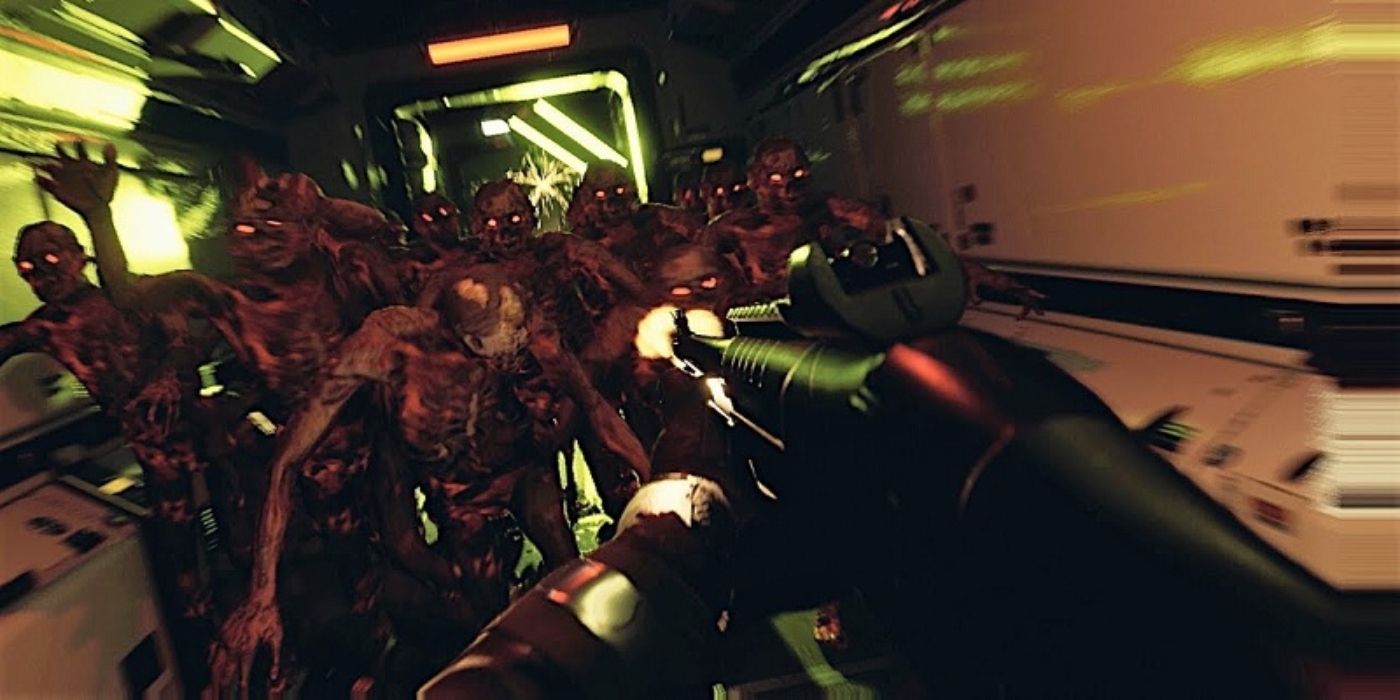

A key advantage of EA quantum codes compared to CSS codes is that EA quantum codes do not impose the dual-containing constraint. This chapter has considered entanglement-assisted quantum error correction codes, which use pre-existing entanglement between transmitter and receiver to improve the reliability of transmission. Ivan Djordjevic, in Quantum Information Processing and Quantum Error Correction, 2012 9.7 Summary
STEINSPRING QUANTUM ERROR CORRECTION CODE
Since the matrix S ab is singular, the code C q is degenerate. By expressing s = s a † s b, we obtain s a † s b | i ¯ 〉 = | i ¯ 〉, which by multiplying by s a from the left becomes s b | i ¯ 〉 = s a | i ¯ 〉, which is equivalent to ( s a − s b ) | i ¯ 〉 = 0. From the definition of stabilizer codes we know that s | i ¯ 〉 = | i ¯ 〉, ∀ s ∈ S. By multiplying both sides by s a †, we obtain s = s a † s b. On the other hand, if there exists an s ∈ S with wt( s) < D, we can find another s a ∈ S so that s as = s b ∈ S. Because the C q code has a distance D it is clear that wt ( E 2 † E 1 ) < D. Since any correctable error satisfies 〈 i ¯ | E | j ¯ 〉 = C E δ i ¯ j ¯, we obtain 〈 i ¯ | E 2 † E 1 | j ¯ 〉 = C 12 δ i ¯ j ¯. By multiplying by E 2 † from the left we obtain E 2 † E 1 | i ¯ 〉 = | i ¯ 〉, which indicates that the error E 2 † E 1 ∈ S. If the code C q is a degenerate code of distance D, there will exist two correctable errors E 1, E 2 such that their action on a CB codeword is the same: E 1 | i ¯ 〉 = E 2 | i ¯ 〉. The quantum code C q of distance D is a degenerate code if and only if its stabilizer S contains an element with weight less than D (excluding the identity element). The following theorem can be used to determine if a given quantum code C q of quantum distance D is degenerate or not. If we are interested in simultaneously detecting d errors and correcting t errors, the distance of the code must be D ≥ d + t + 1. Since we are interested only in detection of errors we can set E p = I to obtain wt ( E p † E q ) = wt ( E q ) = d. If we are only interested in detecting errors but not correcting them, the error detection capability d is related to the distance D by D ≥ d + 1. Namely, since E = E p † E q the weight of error operator E will be wt ( E p † E q ) = 2 t. Similarly to classical codes, we can relate the distance D to the error correction capability t as follows: D ≥ 2 t + 1. In other words, the distance of QECC is the weight of the smallest weight D of error E that cannot be detected by the code. (7.44), and there exists at least one error of weight D to violate it. We say that a QECC has a distance D if all errors of weight less than D satisfy Eq.


 0 kommentar(er)
0 kommentar(er)
